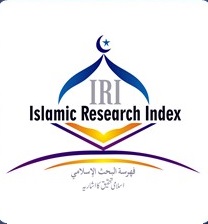Bridging Divides: Religious Teachings and Social Inclusion in Pakistan’s Multifaith Society
DOI:
https://doi.org/10.58932/MULF0023Keywords:
Religious Teachings, Social Inclusion, Multifaith SocietyAbstract
This article examines the role of religious teachings in fostering social inclusion within Pakistan's diverse multi-faith society. Given the country's rich tapestry of Islam, Christianity, Hinduism, Sikhism, and Buddhism, achieving social cohesion presents significant challenges due to the interplay of religious doctrines, social norms, and economic interests. The study begins with an exploration of the Quranic perspective on social inclusion and then further investigates how different religious communities in Pakistan, including Christians, Hindus, Sikhs, and Buddhists, interpret and implement the teachings of their faiths to promote inclusivity. However, persistent challenges such as religious fundamentalism, economic incentives for exclusivity, and entrenched social norms continue to hinder these efforts. This article identifies these barriers and explores potential solutions, including educational reforms, interfaith dialogue, and policy changes, to enhance social integration. By proposing actionable strategies and emphasizing the shared values among Pakistan's religious communities, this study aims to provide a pathway toward greater harmony and unity. The findings underscore the importance of leveraging religious teachings as a powerful tool for bridging societal divides and fostering a more inclusive and peaceful society.
Downloads
Published
How to Cite
Issue
Section
License
Copyright (c) 2024 South Asian Journal of Religion and Philosophy (SAJRP)

This work is licensed under a Creative Commons Attribution-NonCommercial 4.0 International License.









